Interpreting the 2020 Election: What the Results Mean for Historical Archaeology
The Society for Historical Archaeology’s (SHA) Government Affairs Committee is busy planning for the new Administration and new Congress. We invite you to join us for a robust, interactive discussion of SHA’s legislative and policy priorities during our session at SHA’s virtual 2021 conference, on Saturday, January 9. The session is entitled “Interpreting the 2020 Election: What the Results Mean for Historical Archaeology.”
Over the next two years, we’ll focus our advocacy on three themes: promoting preservation, increasing diversity, and confronting climate change.
- SHA will lobby for increased funding for historic preservation and counter attempts to curtail reviews of projects that may impact heritage and cultural resources.
- We will promote diversity within the discipline and support federal, state, and local preservation policies that tell the stories of underrepresented communities, and that protect the places valued by these communities.
- We will also advocate for policies that respond to climate change and the threat it poses to archaeological sites in the U.S. and around the world.
The Committee is planning to hit the ground running with the new Congress in January, arranging virtual meetings with Members to discuss our priorities and develop relationships. We have already begun engaging with the Biden transition team to raise awareness about historical archaeology and urgent topics, including supporting appointments to critical positions within the government.
We look forward to sharing more at our conference session and hearing your ideas about how SHA can best advance these initiatives. Please join us at the January 9th session. This will be an opportunity for you actively participate in these important advocacy efforts.
Past Presidents’ Student Reception
Students! You may be asking yourself: “What exactly is the Past Presidents’ Student Reception?”, “Will the reception still be happening this year?”, or “How do I participate?” Well, this is the blog post to answer all of your questions.
“What exactly is the Past Presidents’ Student Reception?”
In years before the pandemic, where we could meet in person and network, the Past Presidents’ Reception provided an opportunity for students to network with previous SHA presidents (hence the title) and leading professionals in the areas of Academia, CRM, Public Engagement, Underwater Archaeology, and so on. The Reception prided itself on being an informal and welcoming place where students can ask for advice, career stories, and make connections that will last throughout their career.
“Will the reception still be happening this year?”
How do we create this reception environment during the virtual conference? Easy- more video calls.
This year the reception will be divided into sections based on career paths, with three leading professionals in each section.
Wednesday January 6
12-1pm
Federal, State, and Local Agencies
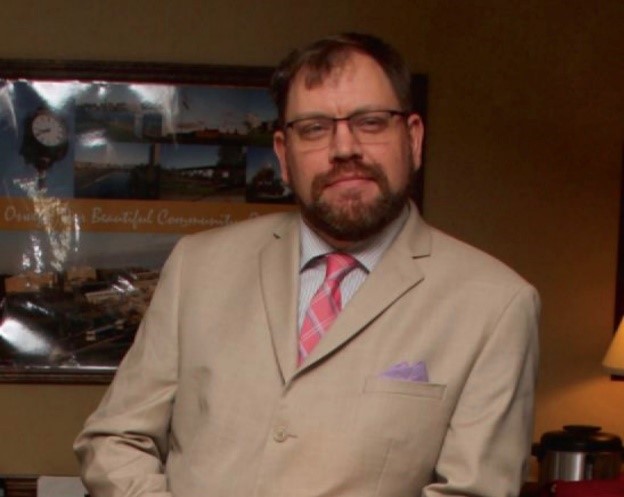
Duane Quates
State Cultural Resources Specialist/Archaeologist, Natural Resources Conservation Service, U.S. Department of Agriculture
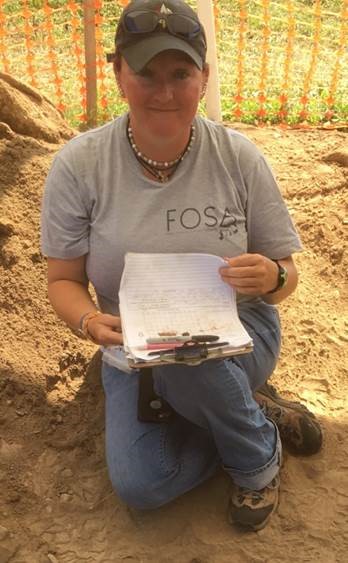
Mandy Ranslow
Program Analyst/Federal Highway Administration Liaison, Advisory Council on Historic Preservation

Will Reed
Regional Heritage Program Leader, Southwestern Region, U.S. Forest Service
Friday January 8th
8-9am
Academia – Advanced Degrees
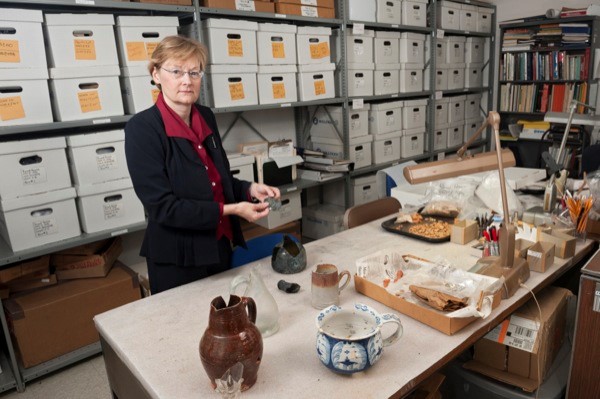
LuAnn DeCunzo
Professor of Anthropology, University of Delaware
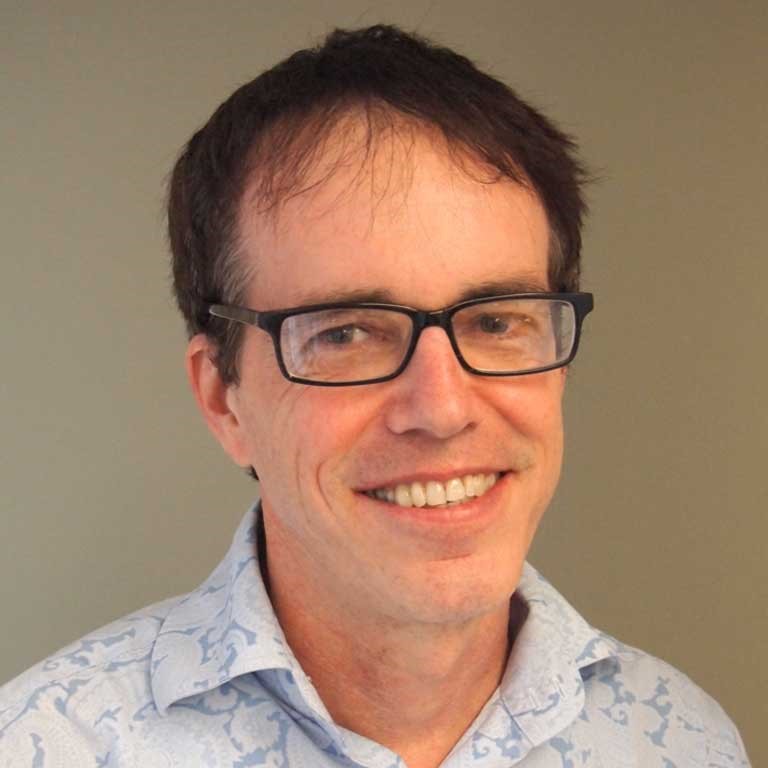 Paul Mullins
Paul Mullins
Professor, Indiana University-Purdue University, Indianapolis

William White
Assistant Professor, Department of Anthropology, University of California, Berkeley
Friday January 8th
12-1pm
Private Sector Cultural Resource Management
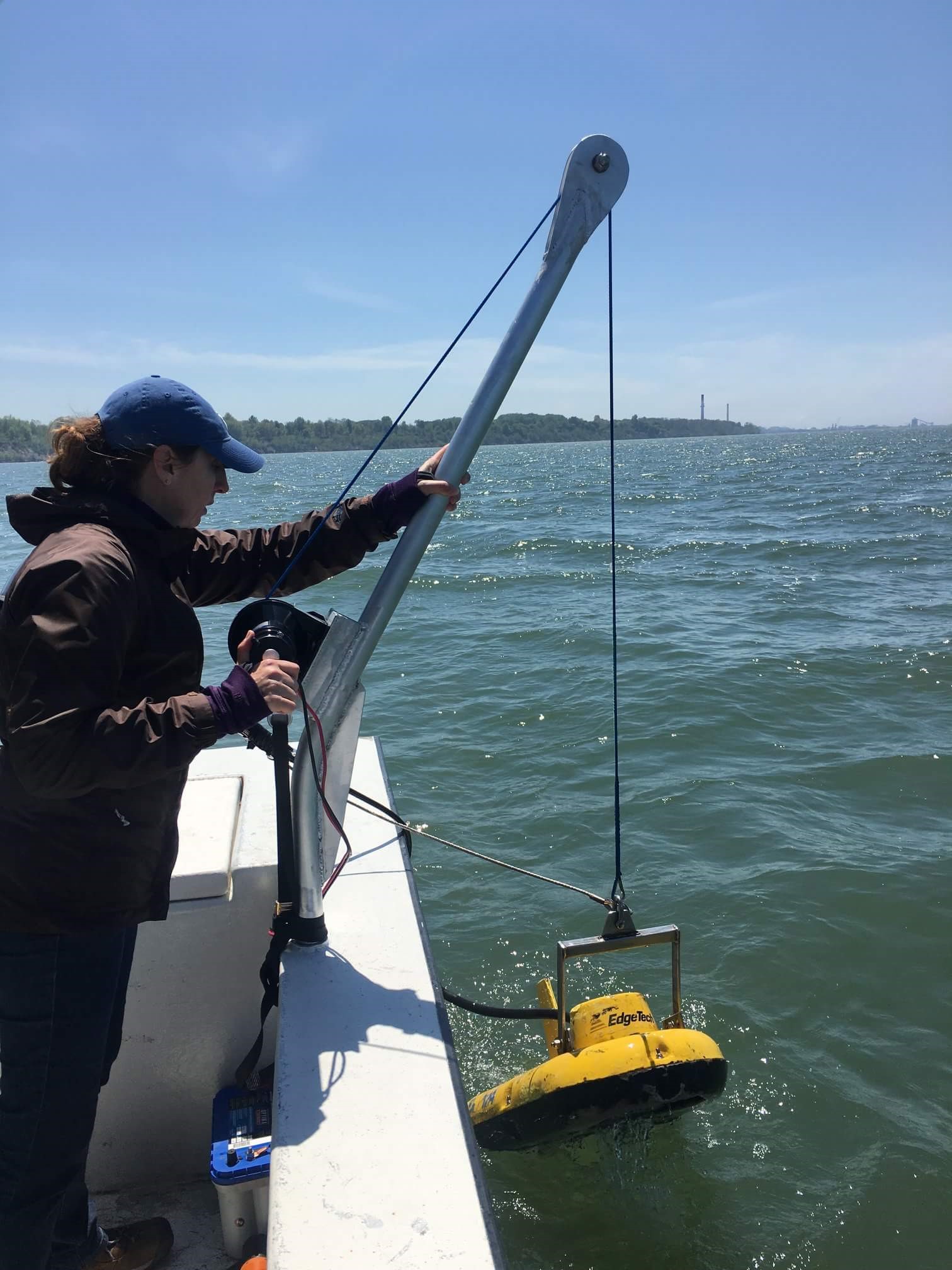
Amanda Evans
Maritime Services Practice Leader, Gray & Pape, Inc
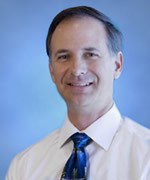
Donn Grenda
President, Statistical Research, Inc.

Joe Joseph
Director of Administration, New South Associates
Friday January 8th
1:30-2:30pm
Public Engagement
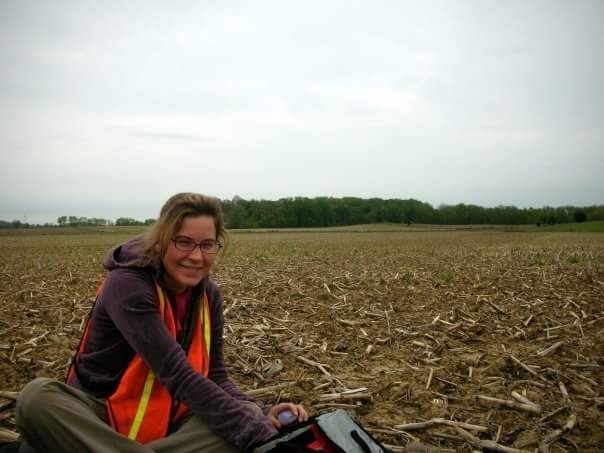
Sara Ayers-Rigsby
Director, Southeast/Southwest Regions, Florida Public Archaeology Network
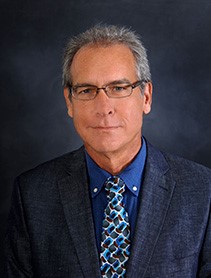
Bill Lees
Executive Director, Florida Public Archaeology Network
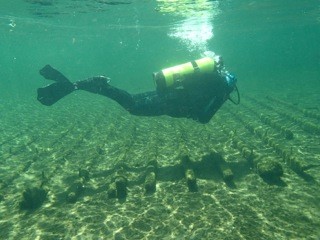
Della Scott-Ireton
Associate Director, Florida Public Archaeology Network
Saturday January 9th
8-9am
Museums – Collections

Julie King
Professor of Anthropology, St. Mary’s College of Maryland
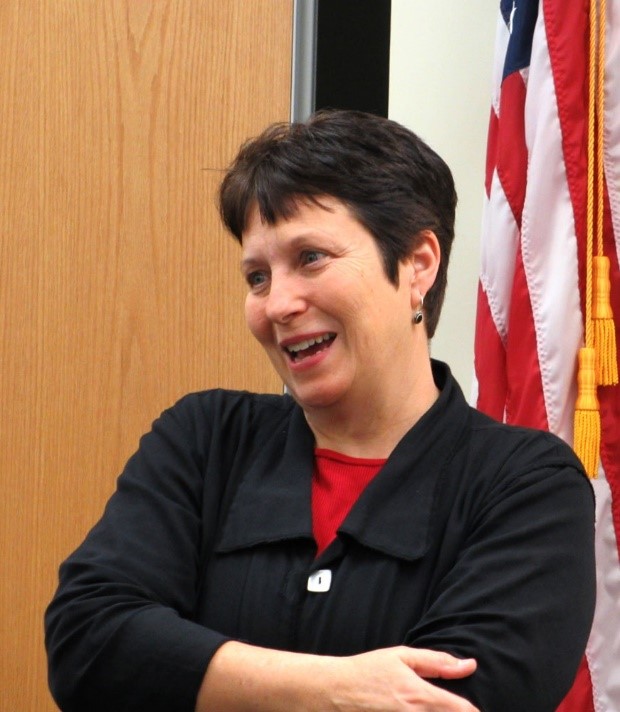
Patricia Samford
Director, Maryland Archaeological Conservation Laboratory
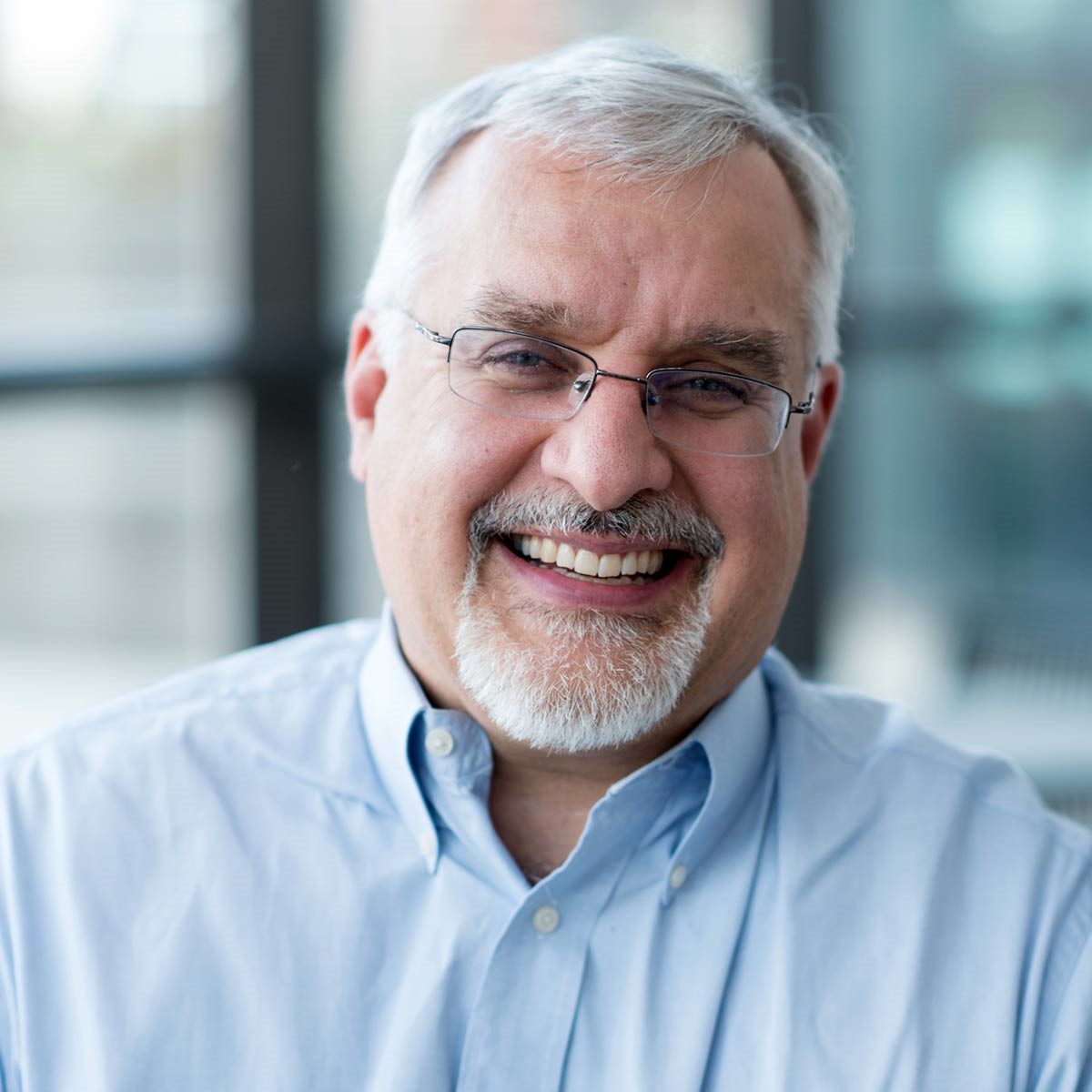
Mark Warner
Professor, University of Idaho
Saturday January 9th
12-1pm
Underwater Archaeology
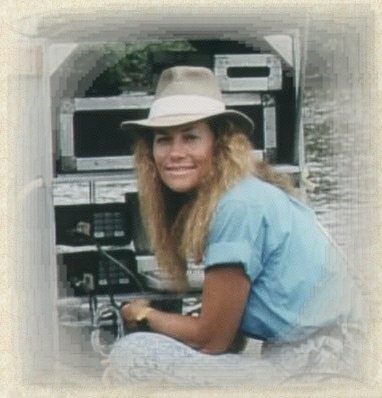
Toni Carrell
Vice President, Ships of Discovery
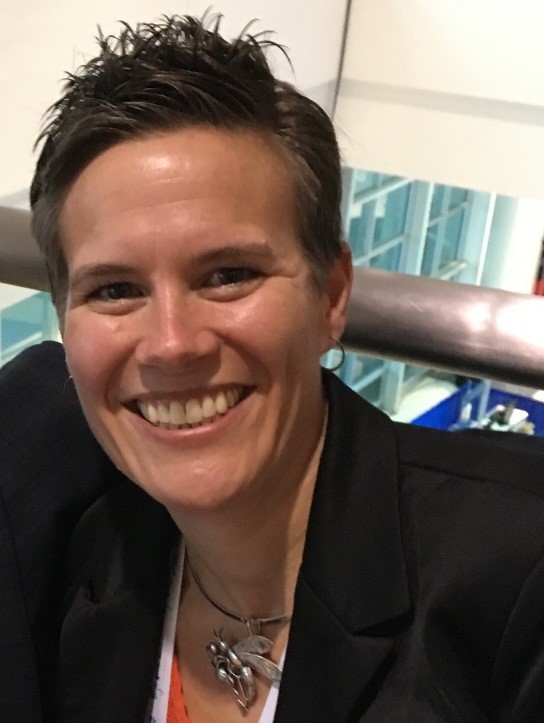
Kim Faulk
Business Development Manager/Sr. Marine Archaeologist, Geoscience Earth & Marine Services
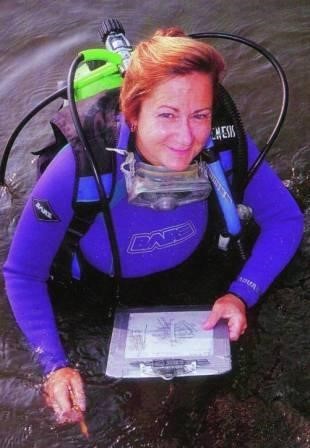
Susan Langley
Maryland State Underwater Archaeologist/Adjunct Prof. St. Mary’s College of Maryland
“How do I participate?”
Easy enough! Only students who register for the conference can participate in the Reception. To attend, all you need to do is go to the link provided in the final conference program for the career sessions of your choice (or all of them, chat with everyone. You never know what your future holds).
There is no separate, additional registration to participate in this special event.
Don’t miss out on this great opportunity to explore careers in historical archaeology!
Working with the Halcyon Collection, Part 1
Well hello there, fellow archaeology grad student or other interested reader! In this three-part blog series, I will be providing practical advice for using archaeological collections for your PhD dissertation, MA Thesis, or other graduate student work. This is based on my personal experience, the experiences of colleagues, and collective advice I’ve gathered from mentors. In part 1, I’ll be introducing myself and my project, and giving an overview of how to create a project that uses archaeological collections. Part 2 of the series will focus on how to present and advocate for a collections-based project in a proposal or grant application. Part 3 will be about finding funding for your collections-based project.
Announcing the People, Fire, and Pine Research Project
 Jeff Altschul, Co-President, Coalition for Archaeological Synthesis
Jeff Altschul, Co-President, Coalition for Archaeological Synthesis
Terry Klein, Acting Executive Director, Coalition for Archaeological Synthesis
We wanted to alert Society for Historical Archaeology (SHA) members about a recent publication from the Coalition for Archaeological Synthesis (CfAS)-sponsored People, Fire, and Pine Research Project. The Society for Historical Archaeology is a CfAS Partner.
Evan R. Larson, Kurt F. Kipfmueller & Lane B. Johnson (2020): People, Fire, and Pine: Linking Human Agency and Landscape in the Boundary Waters Canoe Area Wilderness and Beyond, Annals of the American Association of Geographers,
DOI: 10.1080/24694452.2020.1768042
Abstract: The creation and modification of landscape patterns through interactions among people and the environment is a defining focus in the discipline of geography. Here, we contribute to that tradition by placing 500 years of red pine (Pinus resinosa) tree-ring data in the context of archaeological, ethnographic, and paleoecological records to describe patterns of Anishinaabeg land use and fire occurrence in the Boundary Waters Canoe Area Wilderness (BWCAW) of northern Minnesota. Multiple lines of evidence suggest that stories of people, fire, and red pine are tightly interwoven in the BWCAW. We suggest that preferential use and maintenance of specific sites with fire by Border Lakes Anishinaabeg before 1900 led to the xerification of forest communities that produced conditions more desirable to people in a rugged nearboreal landscape. Today, after a century of fire absence, these sites represent fading ecological legacies that are still sought by wilderness users for their recreational values and perceived wilderness character. Ironically, protections granted by the 1964 Wilderness Act are resulting in a decline of the red pine forests once used to help justify establishment of the BWCAW. An opportunity exists for wilderness managers, users, and advocacy groups to reassess the need for active management and the strategic return of frequent fire to the aging pine forests of the BWCAW. Engaging descendent communities of the Border Lakes Anishinaabeg in these efforts could help move beyond conventional approaches to wilderness management and restore the reciprocal relationship between people, fire, and red pine in the BWCAW and beyond.
A key objective of the People, Fire, and Pine research team is to meld scientific approaches and traditional knowledge systems into new fire management policies for Wilderness areas. But their objectives extend well beyond forest policy and management to core issues involved in the displacement and disenfranchisement of Indigenous peoples from their native lands and culture and the initial steps toward healing the social consequences of these actions. As Larson and his colleagues argue:
Active management in the BWCAW would provide a case study that could be replicated elsewhere to advance conversations around ecological wilderness management while helping to create a more complete understanding of the definition of wilderness itself. Clearly, wilderness as untrammeled is an overgeneralized and inappropriate definition that disregards vital connections between people and place. In the BWCAW, these connections have existed for centuries at minimum and were moderated by fire to create important patterns of ecological diversity within the broader landscape mosaic. This critique is not new to the field of geography, and rarely does this core idea of the 1964 Wilderness Act dictate all management decisions, but it does hold sway in the general perspective of many and must be addressed. Wilderness management must continue to be refined to more explicitly recognize the role of people in creating the pre–European American landscapes of North America, the value of local and traditional knowledge in understanding ecological change, and the fundamental importance of engaging both Western and traditional knowledge systems to ensure that sustainable approaches to management are employed. This is a complex issue infused with concerns around ecological health, remnants of colonialism, and social justice. The BWCAW is a quintessential wilderness landscape that is now enriched with data directly and quantitively linking Anishinaabe land use with some of the most appreciated aspects of forest structure and composition within the protected area. An ideal opportunity exists for managers to authentically engage in shared stewardship with local Indigenous communities to promote cultural exchange, healing, and movement beyond dated ideas of wilderness.
To read the article, follow this link. We hope you enjoy it as much as we did.
https://www.tandfonline.com/eprint/NVIWVVWPX4DJPPNRBBBJ/full?target=10.1080/24694452.2020.1768042
The People, Fire, and Pines project is schedule to be completed at the end of 2020.
For information on the Coalition for Archaeological Synthesis, and to become a CfAS Partner or Associate, go to: www.archsynth.org
Implications of Global Change to Local Archaeology
 By Lindsey Cochran, Ph.D.
By Lindsey Cochran, Ph.D.
University of Georgia, Laboratory of Archaeology
Emotionally disheartening article ahead. Beware.
Scientists continue to improve models that predict both the mechanism and result of climate changes, and sadly each prediction is more dire than the last. Modeling predictions that used to assume a 1m global sea level rise (GMSLR) now anticipate at least double that by 2100. We now understand that while greenhouse gas emissions are accelerating slightly above exponential rates and thus appearing to be following a logarithmic rather than linear scale, the IPCC anticipates a speeding up of the effects of these emissions. Because of this suite of accelerating climate effects, built in environmental protections to archaeological sites, such as the mangrove swamps in Florida, the oyster beds around the mouth of the Mississippi, or migrations of the marshy estuaries and back-barrier islands on the Georgia and Carolina coasts are shifting more abruptly decades before impacts of this degree were initially predicted.
If you need a refresher on the impacts of climate change beyond a warming earth and rising sea levels, this 2018 New York Times article provides an excellent summary of the dramatic difference between 1.5℃ and 2℃. For a slightly more involved explanation, check out this NASA briefing. And finally for the tech-heavy nerds we all know and love, CMIP and IPCC provide excellent explanations and links to recent scientific literature.
Archaeologists need to prepare for cascading effects from climate change when creating strategies to mitigate site destruction or simply a timeline to document resources as they succumb to those effects. Rather than presenting a singular case study here, I’d like to illustrate some of these cascading effects by describing a selection of impacts from melting Arctic sea-ice to the archaeology of the southeast United States. To truly prepare for climate changes it’s critical to understand the big picture so that we can adapt our local responses to fast- and slow-moving regional and global events. As large scale computational modeling improves, such as with the CMIP simulations, specific inter-disciplinary interpretations likewise change and improve.
An article of note from March 2020 uses the CMIP6 simulation to estimate that Arctic Ocean will be sea-ice free in September for the first time come 2050 (Notz et al. 2020). September Arctic sea-ice is one of NASA’s “Vital Signs of the Planet,” and the area of the ice extent is now declining at a rate of 12.85% per decade relative to 1981 to 2010 averages. The implication of these studies is that the world is changing more swiftly and more violently than previously imagined. Why should archaeologists care about climate change on the global scale, and for that matter Arctic sea-ice?
Arctic sea-ice is important to consider when studying archaeology of plantation archaeology on Georgia’s barrier islands, for example, because of the suite of cascading effects that stem from a progressively smaller volume of global ice. Generally speaking, the rapid disappearance of Arctic sea-ice impacts the following, many of which are positive feedback loops: (1) albedo effect; (2) thawing permafrost; (3) melting ice-sheets; (4) trapped outgoing longwave radiation; (5) warming inland waterways like rivers, streams, and lakes; and (6) shifting oxygen and nitrogen ratios. Each of these types of changes have significant global effects that impact regions and localities in various and largely unsynthesized ways, as the science is always changing and improving on itself, making immediate estimates of the impact of specific climate changes to a particular site-specific place quite challenging. The table below summarizes effects of sea-ice, broad implications of those effects, gives a sample of changes that will most directly impact archaeological resources, and provide an archaeological scenario or site specific example of impacts, most of which are drawn from the southeast United States.
|
Effect
|
Implication |
Broad Impact to Archaeological Resources |
Archaeological Example |
|
Albedo Effect (strong positive feedback loop) |
darkening of the earths surface leading to increased temperatures
|
Accelerating climate impacts |
Less time to excavate, mitigate, and react to climate change; increasingly necessary “salvage” mentality |
|
Thawing of offshore permafrost |
Methane oxygenation leads to an increase in microbiomes with methane consuming bacteria, impacting the process of terrestrial permafrost thawing |
Sensitive fiber, wood, or bone based artifacts degrade when exposed to air and bacteria when permafrost melts |
|
|
Greenland melting |
Degradation of shorelines, accelerated rates of GMSLR |
Context of sites destroyed due to higher water tables, destabilizing shorelines, bank erosion |
|
|
Warmer air leads to an increase in water vapor trapped in the formerly cold polar atmosphere |
Outgoing long-wave radiation trapped in the atmosphere, further heating the Arctic |
Warmer, more humid environment |
Conservation challenges in laboratory and historic preservation settings; increased desiccation in situ |
|
Warming rivers -> less ice |
Less snow cover leads to increased terrestrial heat absorption, injecting more heat into the rivers and back into the Arctic Ocean |
Increased frequency and severity of storms; increased fire risk; increased drought |
Site-monitoring moves from assessing gradual change over time to “chunks” of sites disappearing overnight |
|
Shifting Oxygen and Nitrogen ratios |
Plants and animals that protect our shorelines (think marshes and oysters) can only live in areas with specific oxygen ratios. Plant and animal dieoff removes a critical barrier that protects shorelines from SLR and storm surges. |
Acidified maritime environment; Protective barriers to archaeological sites are removed; more aggressive shoreline loss |
Accelerated degradation of maritime resources; site visibility concerns, increasing number of “no swim” days due to improved conditions for harmful bacteria |
Climate change simulations constantly grow in complexity and accuracy, and sadly the current trends indicated in those simulations are become more dire. As archaeologists, it is important to understand, at least superficially, the big [read: overwhelming] picture of climate change because, simply put, our local responses to the archaeology of climate change need to take into consideration broader syntheses of change. These changes are due to a complex multiplicity of causes that each impact archaeological resources in multi-dynamic ways. Implications from any of the six impacts from melting Arctic sea-ice could easily be applied to any coastal site on the Eastern seaboard.
Now, archaeologists that deal with climate change are asked not only to interpret the past within a historical context but also to situate those resources within a cloudy, submerged future. Archaeologists are well poised to join this broader conversation because we can provide a contextual depth to paleoenvironmental, historical, and near-historical data to interpret an environmental baseline for local and regional changes. By the nature of our research, we are multi-disciplinarian scientists. The flexibility of our mental gymnastics are all the more important when evaluating and interpreting research from the climate sciences and how their results impact analysis of cultural resources.
“Historical Bioarchaeology” – A new thematic collection to be published in Historical Archaeology
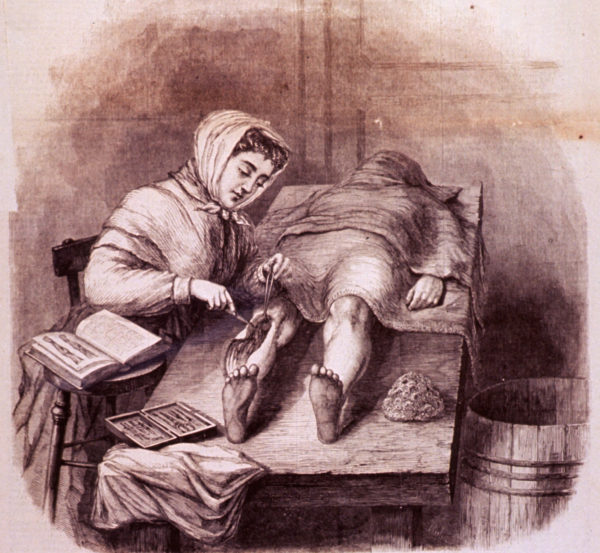
We are happy to announce the next issue of Historical Archaeology will be arriving in your mailboxes soon! Here’s a preview of some of the content from the guest editor of the thematic collection on Historical Bioarchaeology, Shannon A. Novak.
Not only materials suffer the cuts and blows of the maker’s practice. For every strike or punch recoils, on impact, in the body that delivered it.
Tim Ingold and Elizabeth Hallam, Making and Growing (2014)
Given the tremendous growth and developments within the field of bioarchaeology, it is an opportune time to re/introduce the readers of this journal to some of the topics, concerns, and insights bioarchaeologists are contributing to the study of the “modern world.” Of course, “modernity” is a concept that has long been subject to debate and, while the articles in this series do not take on the topic directly, they do grapple with the many traces this process left in its wake, along with the scars and legacies that persist.
Part of this legacy is the relative paucity of human skeletal remains in this journal, the reasons for which are historical and multiple. Despite this general invisibility, bodies are very much present. They work, produce, and consume; they wear, perform, and desire; they exploit, commodify, and resist. While these studies teem with life, the people “doing” rarely acquire substance. Yet theirs are the bodies that made and were made by the so-called modern world. Such making, as Ingold and Hallam note above, is co-constituting; it takes a toll on materials and bodies alike. Bodily concerns and their material properties are, therefore, “vital data” in studies of modernity and daily practice. Indeed, by reconstituting these tissues—their affordances and constraints—archaeological inquiries are vitalized in simple, but important, ways.
In this series of articles, we explore the possibilities of bringing the materiality of archaeological bodies back into the conversation, into anthropological inquiries, and into the pages of this journal. The contributors weave together an impressive array of materials to consider the dynamic processes of “becoming” at multiple scales. Ethics and care, nation building and citizenship, labor coerced and resisted, intersect with diverse material forms. Importantly, these studies start with a question or concern that does not necessarily privilege human tissues (bone or teeth), but rather position their findings in relation to other processes and things. Their inquiries involve “with,” rather than “or,” allowing us to move away from the old trope of testing the historical record with truths written in bone. Our hope is that readers of this special series will be exposed to the rich potential of “historical (bio)archaeology,” and motivated to engage with the diversity of people and their traces—more broadly conceived.
Articles:
Vital Data: Re/Introducing Historical Bioarchaeology, by Shannon A. Novak and Alanna L. Warner-Smith
An Alter(ed)native Perspective on Historical Bioarchaeology, by Rachel J. Watkins
Caring Differently: Some Reflections, by Tony J. Chamoun
Building Nation, Become Object: The Biopolitics of the Samuel G. Morton Crania Collection, by Pamela L. Geller
Assembling Heads and Circulating Tales: The Doings and Undoings of Specimen 2032, by Shannon A. Novak and Alanna L. Warner-Smith
Working in the City: A Historical Bioarchaeology of Activity in Urban New Spain, by Julie K. Wesp
Restoring Identity to People and Place: Reanalysis of Human Skeletal Remains from a Cemetery at Catoctin Furnace, Maryland, by Karin S. Bruwelheide, Douglas W. Owsley, Kathryn G. Barca, Christine A.M. France, Nicole C. Little, and Elizabeth Anderson Comer
The Body Politic and the Citizen’s Mouth: Oral Health and Dental Care in Nineteenth Century Manhattan, by Lauren Hosek, Alanna L. Warner-Smith, and Cristina C. Watkins
“Against Shameless and Systematic Calumny”: Strategies of Domination and Resistance and their Impact on the Bodies of the Poor in Nineteenth-Century Ireland, by Jonny Geber and Barra O’Donnabhain
Still Life: A Bioarchaeological Portrait of Perinatal Remains Buried at the Spring Street Presbyterian Church, by Meredith A.B. Ellis
Reflecting on a More Inclusive Historical Bioarchaeology, by Jennifer L. Muller
Cover image: Engraving, “New York City Medical College for Women, East Twelfth Street and Second Avenue–Student Dissecting a Leg,” Frank Leslie’s Illustrated Newspaper, New York, April 16, 1870
SHA Newsletter Blog, Winter 2020
Patricia Samford, Director, Maryland Archaeological Conservation Lab
You’re just home from the SHA conference in Boston and you are quite frankly, all “archaeologied-out”. There was lots of catching up with seldom-seen colleagues, too much beer, some great papers, and recovering from the dance. And first thing you see when you open your email once you get back in the office is a link to the Winter SHA Newsletter. And since all of those other emails stacked up from the week away from your desk had to take precedence, I bet you didn’t read it. So, I would like to provide you with a quick summary of what you missed, in the hopes that you will go back and spend some time with the newsletter.
Here’s what you might have missed:
- Kimberley Wooten, archaeologist with the California Department of Transportation, wrote about her adventure aboard the 73-ft. sailboat TravelEdge, on the first leg of eXXpedition’s two-year research trip that will circumnavigate the globe studying single-use microplastics in our world’s oceans. Kim raised sponsorship money to support her time aboard the vessel, where her expertise as an archaeologist made her a natural fit for this project.
- Eric Tebby and William Wadsworth at the University of Alberta updated us on work being conducted under the supervision of Dr. Kisha Supernant at Chimney Coulee, a Métis overwintering site in Saskatchewan. This project is exploring how Métis identity was expressed archaeologically at various sites in the Canadian West.
- Scott Hamilton from Lakehead University in Ontario writes about his success at using unmanned aerial vehicles to investigate fur trade posts along the Assiniboine River in Manitoba, Canada.
- In Austria, Heike Krause writes about excavations at the oldest shopping mall (1920s) at the Karlsplatz Square in Vienna.
- In Illinois, Mark Wagner of Southern Illinois University updated us on recent field school investigations at Fort Kaskaskia. Their work discovered that two forts actually existed at this location – an 18th-century French fort and a previously undiscovered early 19th-century American fort.
- In other fort explorations, Erika K. Hartley of the Fort St. Joseph Archaeological Project and Michael S. Nassaney of Western Michigan University hosted a field school at Fort St. Joseph in 2019. Their work this summer in a previously-unexplored area suggests that the site may be twice the size previously thought.
- Ryan Austin, at SUNY at Buffalo Archaeological Survey, reports on Phase III data recovery excavations at two lower socio-economic status European American farmsteads in Genesee County, New York.
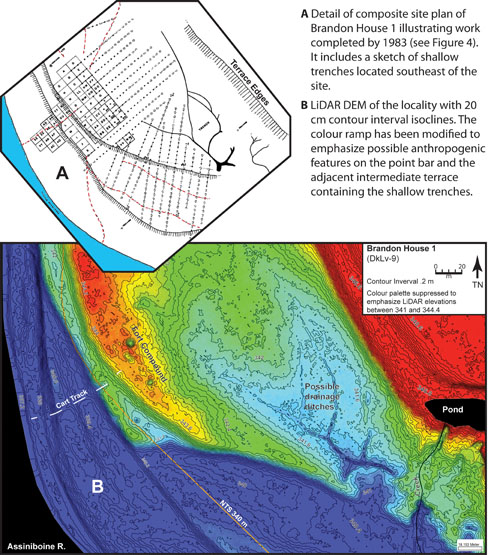
- Megan Rhodes Victor and Laura Jones report on the first full season of field work of the Arboretum Chinese Labor Quarters Project, co-sponsored by the Stanford Archaeology Center, Stanford’s Heritage Services and the Stanford University Archaeology Collections.
- Check out the SHA YouTube page and listen to six former SHA presidents talk about the organization on its 50th anniversary in Images of the Past.
Please read your newsletter – it’s one of the benefits of your membership and a great way to keep current with what’s happening in the world of historical archaeology. And please note who your regional Current Research editor is (page 10), so that you can send them an update on your projects. The next submission deadline is March 1st, 2020!
Warm Your Heart and Support the Society for Historical Archaeology
These are exciting times for our profession and the Society for Historical Archaeology (SHA) is engaging in many new challenges and initiatives. Your financial support will help the SHA achieve shared goals. The Society’s work has yielded great results on multiple fronts.
-
- SHA’s public education and governmental outreach work is combating ongoing attacks that seek to dismantle federal legislation that preserves our cultural and historical resources. SHA representatives regularly advocate for the preservation of our cultural heritage and archaeological record through outreach to legislators, agencies, preservation professionals, and citizens’ groups.
- Our professional publications, training workshops, and annual conferences advance standards of excellence within our field. The Society has supported the growth and development of historical archaeology around the world and promoted its importance in understanding the past and present.
- The Society’s diversity initiative focuses on enhancing the inclusive nature of our practice and profession. With racism and sexual harassment continuing to impact national events, our organization has become a leader in creating a more inclusive discipline and promoting the ethics of respect within the places where we live, learn, and work.
- SHA sponsors programs for mentoring young scholars in their professional development, including funds to help subsidize their participation in our annual conferences, prizes to recognize their achievements, and networking opportunities through conference events, such as the Past Presidents’ Reception for Students, and social media.
All of these initiatives require funding. We need your support. Your tax-deductible contribution can be made by clicking here, You can easily make either a one-time donation or a legacy gift. Any contribution you can afford will help the Society. So, please warm your heart through your love of archaeology by giving to the Society!
Barbara Heath
President
Chris Fennell
Development Committee
9 Tips for Navigating the Archaeology Academic Job Search Without Losing Your Mind
Lydia Wilson Marshall
Associate Professor, Department of Sociology and Anthropology, DePauw University
The grim state of the academic job market in archaeology is no secret. The number of Ph.D. graduates in our discipline greatly outnumbers the number of tenure-track jobs available. Because of these poor odds, beginning an academic job search can feel bewildering. While many aspects of the job search remain out of your control, there are steps you can take to bolster your chances of landing a coveted tenure-track position. No less important is developing your ability to take care of yourself during this grueling process. Here are some tips.
- Prepare. No amount of smarts during the job search will make up for a lack of preparation as a graduate student. To be a strong candidate, you need to demonstrate your ability to do the job advertised. You want search committee members to view you not as an excellent student but as a colleague with a high potential for scholarly productivity, exceptional teaching, and effective service. By the time you graduate with your Ph.D., you should have presented your dissertation research in academic conferences and published aspects of it in peer-reviewed journals. Applications to teaching-focused schools will be pretty well sunk by a lack of teaching experience so take advantage of opportunities you have as a graduate student to design and teach courses as the primary instructor. Have a mentor observe your class so that he or she can speak to your teaching in a recommendation letter. Volunteer for service at your school or join a committee in the Society for Historical Archaeology. Remember, you want to present yourself as a proven commodity. Hiring a new tenure-track professor represents a potentially multi-decade commitment on the part of the department and the institution. The process is stressful for search committees too, and you want to be able to convince committee members that hiring you is a sure thing, not a risk.
- Shift your perspective. The academic job market in no way represents a meritocracy. To get a job offer, you don’t need to be “the best” by any universal or objective measure. Rather, you need to be “the best” at convincing a search committee that you will solve their problems. Every job search represents a problem or set of problems that a department or institution is trying to address. The job search could be an attempt to replace the course offerings of someone who is retiring, expand the curriculum in new ways, attract and retain new majors, provide relief for other faculty in the rotation of core courses, strengthen the graduate program, or improve the department’s research profile, for example. After reviewing the job ad, research the institution via its website. This research will give you a better understanding of the institution’s specific mission and what problems the job search is attempting to address. Then, consider, how can you best convince search committee members that you are their solution? Faculty serving on the search committee are likely to be harried and busy; and the search, of course, represents only a small fraction of their total professional responsibilities. You need to strategically adjust your cover letter and other application materials to make the connections between your expertise and abilities and their needs as clear as possible. Remember, search committees not in the business of deciding who is the “best” scholar or teacher; rather, they are simply trying to solve a problem that they have.
- Accept the winding road. Following Ph.D. graduation, many archaeologists work in postdocs or term teaching positions prior to transitioning to a tenure-track job. These non-permanent positions can make you a stronger candidate for a later tenure-track search, so try to view them as learning opportunities rather than consolation prizes.
- Follow the rules. Academic CVs, cover letters, and other application materials follow certain conventions in their organization and presentation. Make sure to use job search resources at your institution to learn and follow these conventions in order to demonstrate your competence to search committee members. Also, make sure to submit exactly the materials requested in the job ad. Not following an advertisement’s directions communicates a lack of care to search committee members. Applicant pools for tenure-track positions in archaeology often include more than one hundred candidates, so you need to communicate as much care as possible in your materials.
- Consider audience. I teach in a liberal arts institution as the only archaeologist in a combined sociology and anthropology department. Thus, the search committee that hired me as a tenure-track assistant professor included no archaeologists. Even in larger institutions, cultural anthropologists and a couple of faculty members appointed from outside the department are likely to be on the search committee. Write your application materials with this diverse audience in mind and avoid jargon. You should also tailor job materials to the kind of institution to which you are applying. For example, you must do more to show that you take pedagogy seriously when applying to teaching-focused schools.
- Be a colleague. If you are selected for a phone, Skype, or campus interview, remember that search committee members are not seeking a great student but instead are seeking a great colleague. While you should be interpersonally pleasant, avoid being overly deferential. You also need to project confidence in how you carry yourself and answer questions. Try to answer questions thoughtfully and honestly. Do not simply acquiesce or give the answers you assume are wanted. Be prepared for challenging questions, particularly following the job talk. Even if a question seems purposefully antagonistic, remain unflappable, try to engage with it, and avoid a defensive response. Remember, the “interview” often extends to informal interactions with search committee members, including meals and rides to the airport, so be thoughtful and purposeful in how you craft and navigate these interactions.
- Feel them out. Phone, Skype, and campus interviews are a chance for you to get to know an institution better. Most such interviews will end with a chance for you to ask the search committee questions. Be prepared and thoughtful in the questions you ask. Some of the more revealing questions I posed during my campus interview include “What do you like about teaching here?” and “How would you describe the student body?” Do not ask basic questions about the institution that a simple Google search can answer, such as student body size, as that, again, implies lack of care and research on your part. The campus visit also offers rare insight into your working conditions should you receive the job. Use the visit to assess whether you actually would be happy in a position there.
- Negotiate. If you are fortunate enough to receive a tenure-track job offer (often via phone), it may be difficult to resist the temptation to immediately accept. However, you must not. All future raises will be based on your starting salary, so even a thousand dollars’ difference in salary for your first year many mean tens of thousands more pay over the course of your career. Instead of immediately accepting the job offer, express your pleasure and assure the administrator or chair that you will look over the offer and respond. Ask about a timeline for when a response is needed. Then, prepare to make a higher salary request by gathering comparative pay data (for example, from public universities that have their salary data freely available online). You also will need to prepare a request for research start-up funds. To make a feasible start-up request, you should talk to mentors, peers who have been recently hired at similar schools, and the search committee chair to get a sense of scale for the institution. Above all, you should make reasonable requests that show you understand the school. For example, if you are joining a teaching-focused institution, don’t ask for an immediate year of research leave before joining the faculty as this request implies that you don’t understand or want to support the school’s teaching mission.
- Consider new paths. The dearth of available tenure-track teaching positions in archaeology means that some truly exceptional scholars and teachers won’t be hired even after several years on the market. Given the years and effort that archaeology Ph.D. graduates have put into their chosen profession, deep grief is entirely warranted should you find yourself in this situation. It may be little comfort, but it’s still worth noting that a host of external issues have contributed to the anemic market, including broad public divestment in higher education and the ensuing “adjuctification” of the professorate. To move forward professionally, cast a wide net. Many archaeologists have successful and fulfilling careers in historic sites, museums, cultural resource management, and federal or state agencies. If the university environment is particularly stimulating for you, consider if a career in administration could work—for example, in academic policy, grant writing, or international student services. The odds of securing a tenure-track position are low, so you should consider and prepare for some of these other job possibilities while still in graduate school.
The hard truth is that you can be an absolutely excellent archaeologist and never land a permanent tenure-track teaching job. The good news is that there many ways of having a fulfilling career, even as an archaeologist, outside the college classroom. I wish you good luck finding your way.




Pingback: WAC May 2012 eNewsletter – Volume 40 – World Archaeology Congress